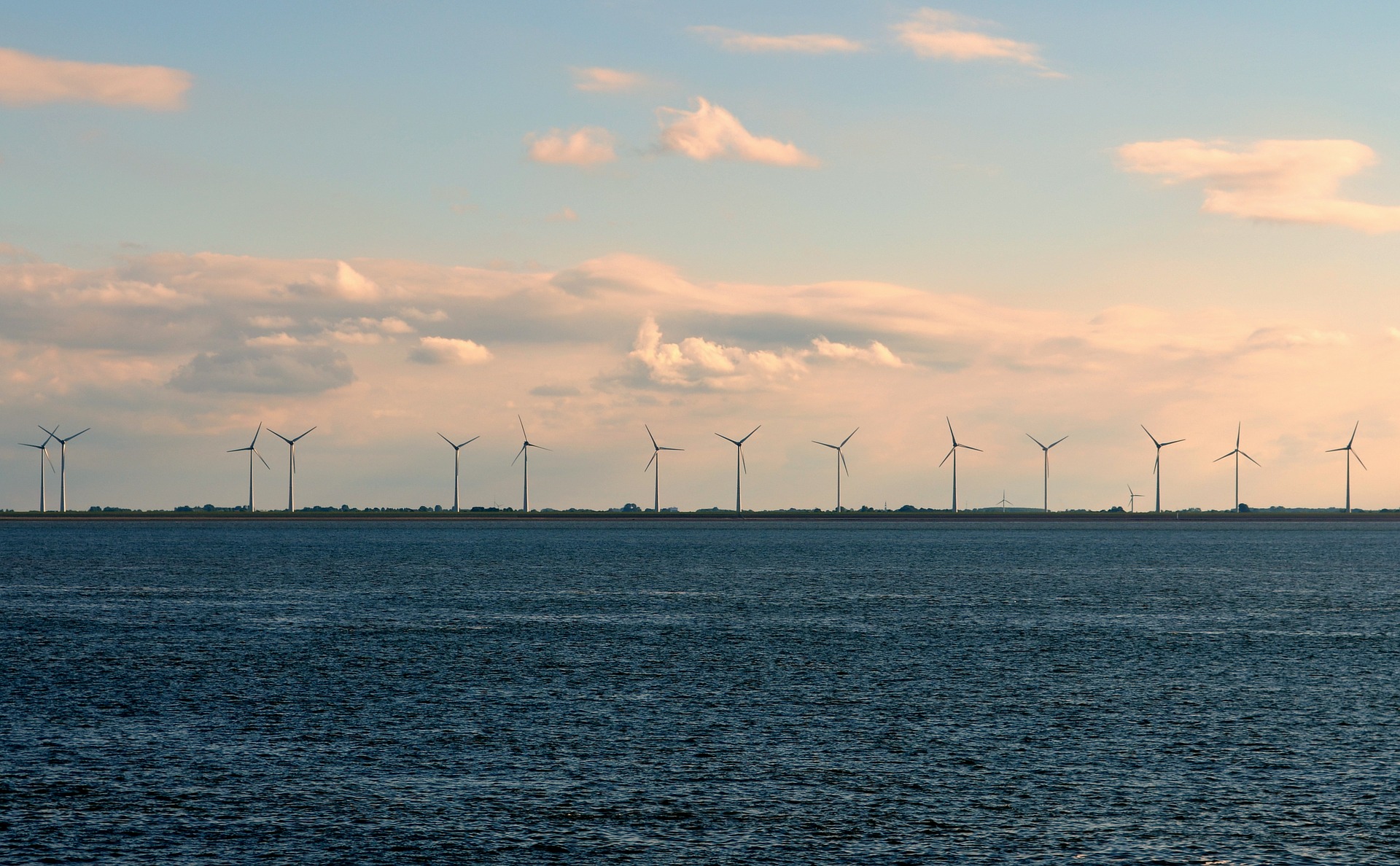
On 13 October ETIPWind organised a session as part of the EU Sustainable Energy Week whose theme this year was: ‘Towards 2030: Reshaping the European Energy System’. Experts presented the results of three innovative projects funded by the European Commission’s Horizon2020 programme that will contribute to the acceleration of offshore wind deployment.
Offshore wind will play a pivotal role in delivering on Europe’s new climate and energy ambitions of cutting greenhouse gas emissions by 55% by 2030 and setting the course towards climate neutrality by 2050. To achieve this the European Commission set out its Offshore Renewable Energy Strategy to increase offshore wind capacity from 12 GW in the EU-27 currently to at least 60 GW by 2030 and to 300 GW by 2050. The ETIPWind session explored how Research & Innovation will contribute to this scale-up in offshore wind.
In his opening remarks Carlos Eduardo Lima da Cunha of the European Commission identified the four main priorities for wind energy research funding through Horizon Europe, the EU’s next research programme. Wind technology improvements, floating offshore wind in southern sea basins, improving circularity and overall sustainability, and creating pathways to enhance social acceptance. Calls for proposals on these topics will be open in 2021 and 2022.
One of the biggest challenges in offshore wind is the higher material degradation caused by the harsh conditions. This means maintenance costs are much higher offshore compared to onshore. César Yanes of Iberdrola highlighted the importance of the ROMEO Project to reduce the operation and maintenance cost of the offshore wind farms. The results of the project will enable the sector to increase the lifetime of key turbine components, decrease downtime and increase the wind farm’s production reliability.
Most offshore wind turbines installed in Europe are fixed to the bottom with a large steel monopile. Installing these monopiles is a delicate and capital-intensive exercise. The ELICAN project has developed a new self-installing tower and foundation that would cut installation costs drastically. The project installed a first 5MW turbine on a prototype concrete foundation in Spanish waters of 30 meters deep. According to Javier Nieto from ESTEYCO, the technology would also be less loud and more environmentally friendly than its more common steel-based alternatives.
Moving into deeper waters will be the future of offshore wind in Europe and the world. Floating offshore wind technology holds the key to unlock more than 15,000 TWh of wind energy in European waters deeper than 60 meters. The FLAGSHIP project aims to bring floating technologies to full maturity and to develop easy-to-industrialise technologies According to Isabel Victorero from ScottishPower the project will lead to a Levelised Cost of Electricity of floating offshore wind of less than 60 €/MWh. This would make floating cost-competitive with bottom-fixed technology.
All participants agreed that to support the growth of offshore wind in Europe the EU needs to continue investing in research and innovation to diversify and scale-up offshore technologies. Research funding should focus on improving designs of innovative foundations, floating substructures, and connecting systems for floating PV and ocean energy devices. Supporting the industrialisation of these technologies will ensure Europe maintains its technological leadership, increases its competitiveness in a global strategic sector, and delivers on its climate targets in the most sustainable and cost-effective way.
Find more information
